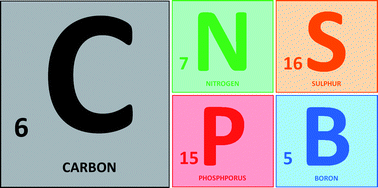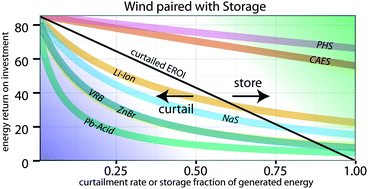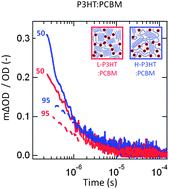Efforts made at Clarkson University have demonstrated implantable biofuel cells that can be used to one day generate power for medical implants in humans.

The article goes into detailed explanation, refreshingly, about the current constraints and considerations to be made in order to advance this technology further. One such aspect is to improve the amount of active enzymes on the electrode surface, which is currently only measured at 6% electrically active on the electrodes. By improving this single factor, it is believed that the current density could be large enough for a small (0.5 cm2 electrodes) implantable device.
It is postulated in the paper that one day miniature devices could be implanted in the human brain, where a constant source of glucose fuel could be delivered in order to power devices. Who knows, we may soon be pouring over literature from the comfort of our own cranium computers!
Interested? Read the full communication in Energy and Environmental Science here:
Implanted biofuel cells operating in vivo – methods, applications and perspectives
Evgeny Katz, Kevin MacVittie
DOI: 10.1039/C3EE42126K
By David Novitski











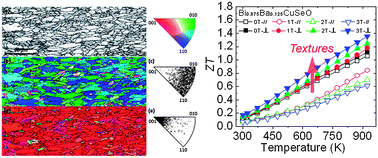
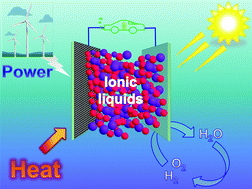
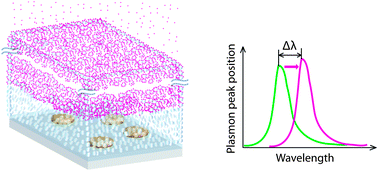
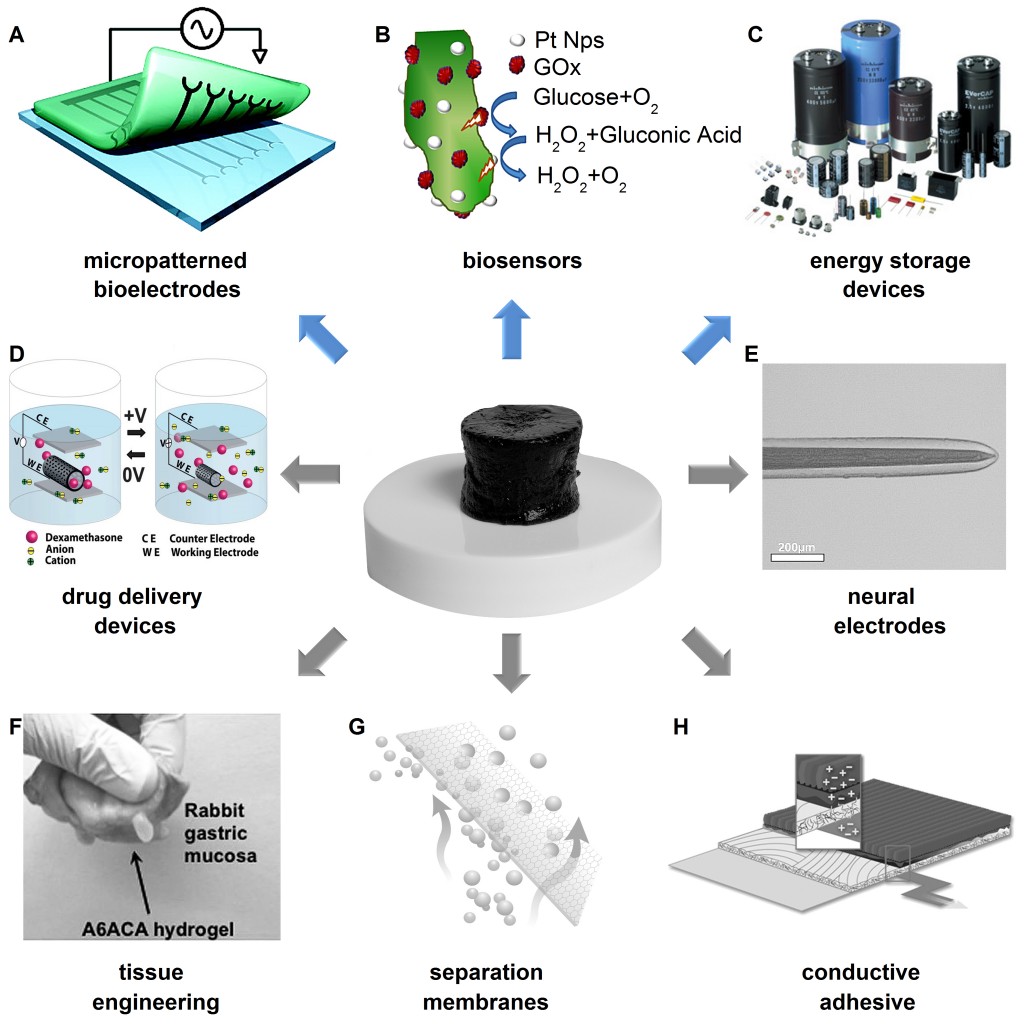
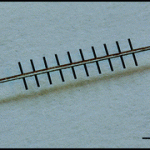
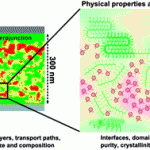
 The usage of multiple junctions to cover a broader range of the solar spectrum is used widely in III-V semiconductor solar cells. This approach has been transferred to organic polymer solar cells. By stacking several cells on top of each other, thermalisation losses are reduced and the open circuit voltage is improved. Achievable PCE values are calculated by the authors of the paper “
The usage of multiple junctions to cover a broader range of the solar spectrum is used widely in III-V semiconductor solar cells. This approach has been transferred to organic polymer solar cells. By stacking several cells on top of each other, thermalisation losses are reduced and the open circuit voltage is improved. Achievable PCE values are calculated by the authors of the paper “